adinkra
Produced by the Asante peoples in Ghana, adinkra is a flat, cotton textile that is stamped with symbols which create the meaning of the garment.
For easier browsing of all our term definitions, please visit our Dictionary page!
Produced by the Asante peoples in Ghana, adinkra is a flat, cotton textile that is stamped with symbols which create the meaning of the garment.
An agal is a rope made from animal hair which wraps around a keffiya (square cloth) on the head and is worn typically by Bedouin men.
Akwete is a decorative cloth with complex weave designs, creating intricate geometric patterns, made with many vibrant colors. It is usually made into wrappers for women to wear and it is made by the Igbo women of Nigeria.
An anorak is a jacket that typically has a hood, but not always, which was originally worn by the indigenous peoples of the Arctic designed to keep them warm and protected from harsh weather.
An oval-shaped decorative pad worn by Mangbetu women over the buttocks in Central Africa.
The backstrap loom is a lightweight, mobile loom made of wood and a strap that is wrapped around the back. It only needed to be attached to a tree or a post for stability and to provide tension.
A banyan is a loose-fitted informal robe or gown worn by men in the late 17th to the early 19th centuries.
A piece of linen which passes under the chin and is pinned at the sides, usually worn in conjunction with additional head coverings during the Middle Ages.
Bloomers are a bifurcated garment that were worn under dresses in the 19th century. They soon became a symbol of women’s rights because early activist Amelia Bloomer wore drawers long enough to stick out from under her dress.

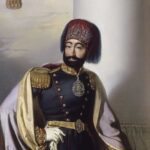 The Fez and the Ottoman Path to Modernity
The Fez and the Ottoman Path to Modernity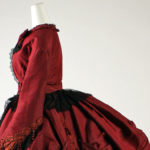 1869 – Red Silk Dress
1869 – Red Silk Dress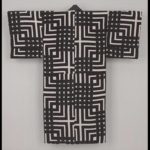 katazome (stencil printing)
katazome (stencil printing)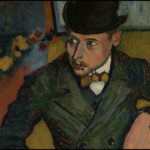 1905 – André Derain, Lucien Gilbert
1905 – André Derain, Lucien Gilbert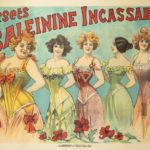 Inès Gâches-Sarraute and the Straight-Front Corset
Inès Gâches-Sarraute and the Straight-Front Corset